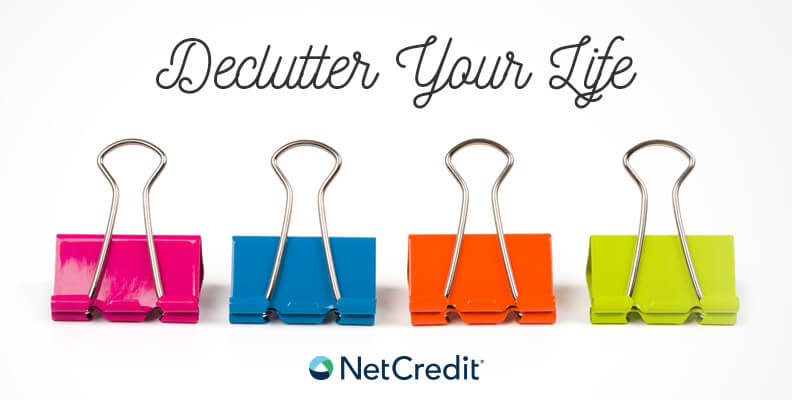We live in an age of excess: big cars, large portion sizes at restaurants, any item you need delivered to you with ease. In fact, the average size of the American home has nearly tripled in the last 50 years.1 For what reason? To hold more stuff.
When was the last time you took a good look at your possessions and considered their value to your life? Many of us hold on to things because we “might use them one day” or because they hold sentimental value, and we believe that somewhere down the line we would regret throwing them out.
The truth of the matter is we are overspending, and it’s hurting us in the long run. This excess has lead to poor financial habits among many. Almost 50% of American households don’t save anything.1 It’s time that we start focusing on the important things in life and not on our possessions. We’ll take you through a room-by-room decluttering strategy to help you get back on track.
Before we begin, here are some important principles that can be applied to every aspect of your life.
Key Steps:













